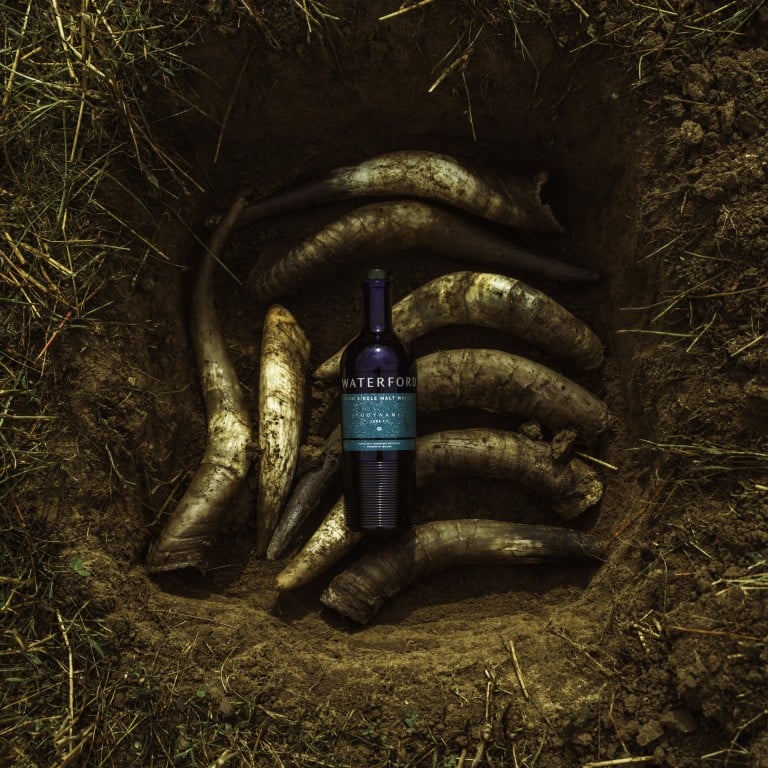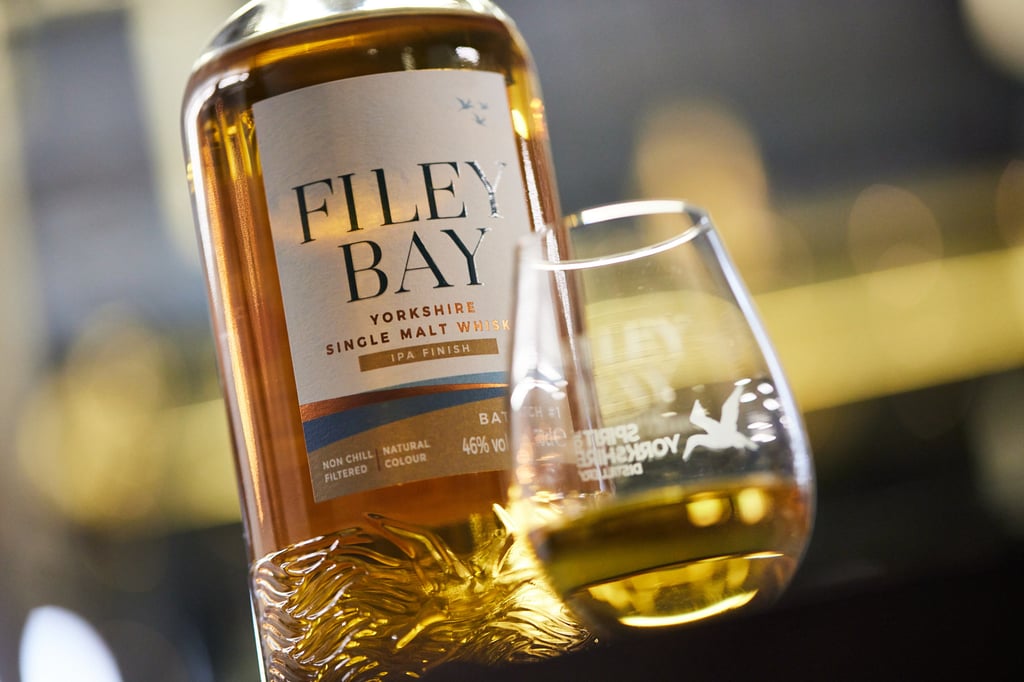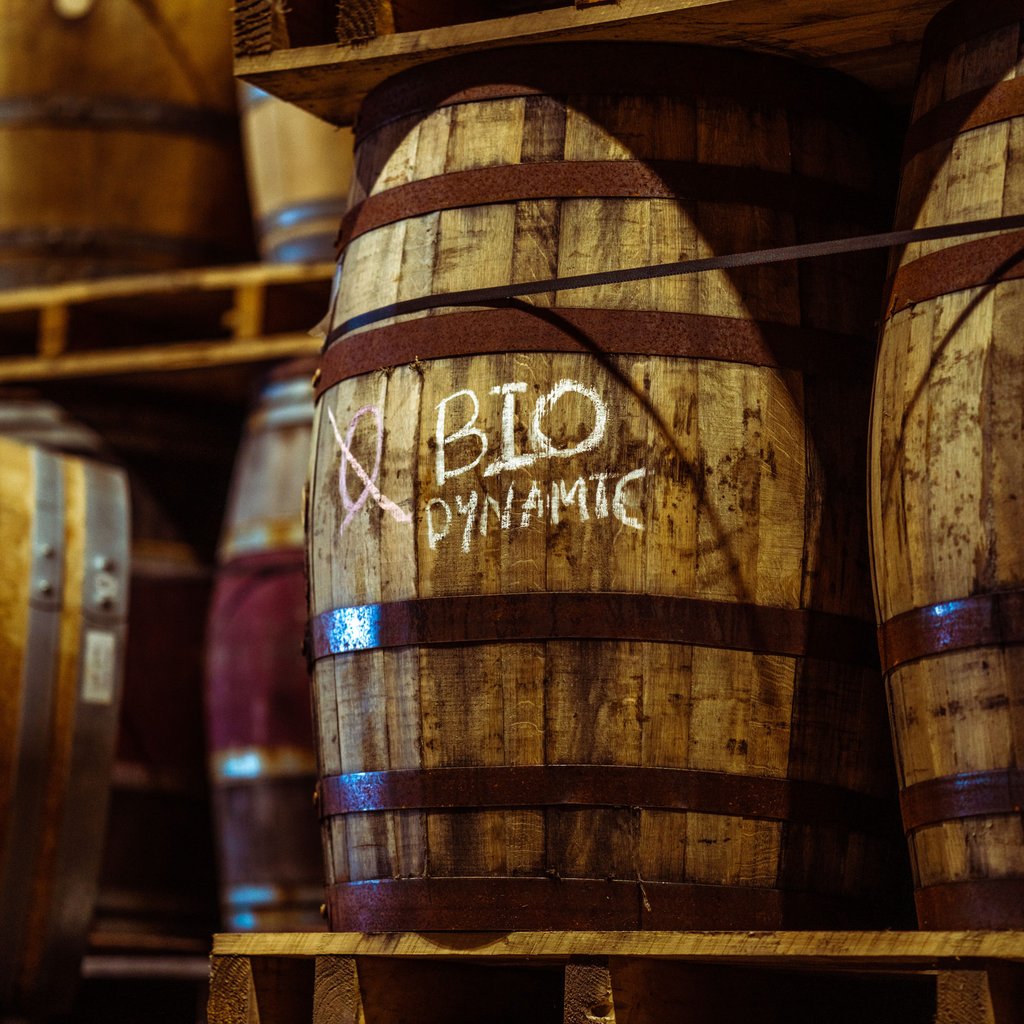Explainer / What is biodynamic whisky – and how does terroir come into play? The new farming practice is more sustainable and can improve flavour – meet the distilleries sparking the trend

- Traditional whisky makers have dismissed the providence of barley, or terroir, but biodynamic farming – think organic, but more esoteric – threatens to shake up taste buds
- Ireland’s Waterford Distillery applied the concept first at Bruichladdich in Islay, which was sold to Rémy Cointreau, then built a distillery in an old Guinness beer factory
It is not often that there is a world first in whisky, a product that has been around for centuries. But two single malts released late last year are the outcomes of nothing less than a revolutionary – and contentious – approach to the age-old spirit-making process.

Biodynamic: Luna, from Waterford Distillery in Ireland, and The Biodynamic Project from Bruichladdich in Islay, Scotland, are the world’s first whiskies made with biodynamically grown barley.
Biodynamic agriculture is a radical approach to farming – think of it as organic with some esoteric elements thrown in – proposed by Rudolf Steiner in 1924.
What makes biodynamic whisky controversial is less the farming – although some dismiss biodynamic practices as pseudoscience or even occult – and more the zealous focus on barley, one of the three ingredients in whisky, along with water and yeast.
The perceived wisdom is that the violent processes involved in making whisky – primarily distillation, but also malting, and the dominant impact of the wood casks the new spirit rests in – means that the flavours that barley imparts in the whisky are negligible.

But Mark Reynier, CEO of Waterford and former head of Bruichladdich, believes this is just dogma repeated by big spirits companies on a mission to make whisky ever faster and cheaper.
Instead, whisky should be an expression of terroir, a concept Reynier was well versed in from years in the wine trade. Terroir is defined as the characteristic taste imparted by the environment, including factors such as the soil, topography and climate in which it is produced.
What makes biodynamic whisky controversial is less the farming … and more the zealous focus on barley, one of the three ingredients in whisky